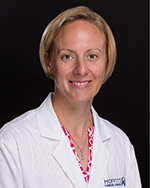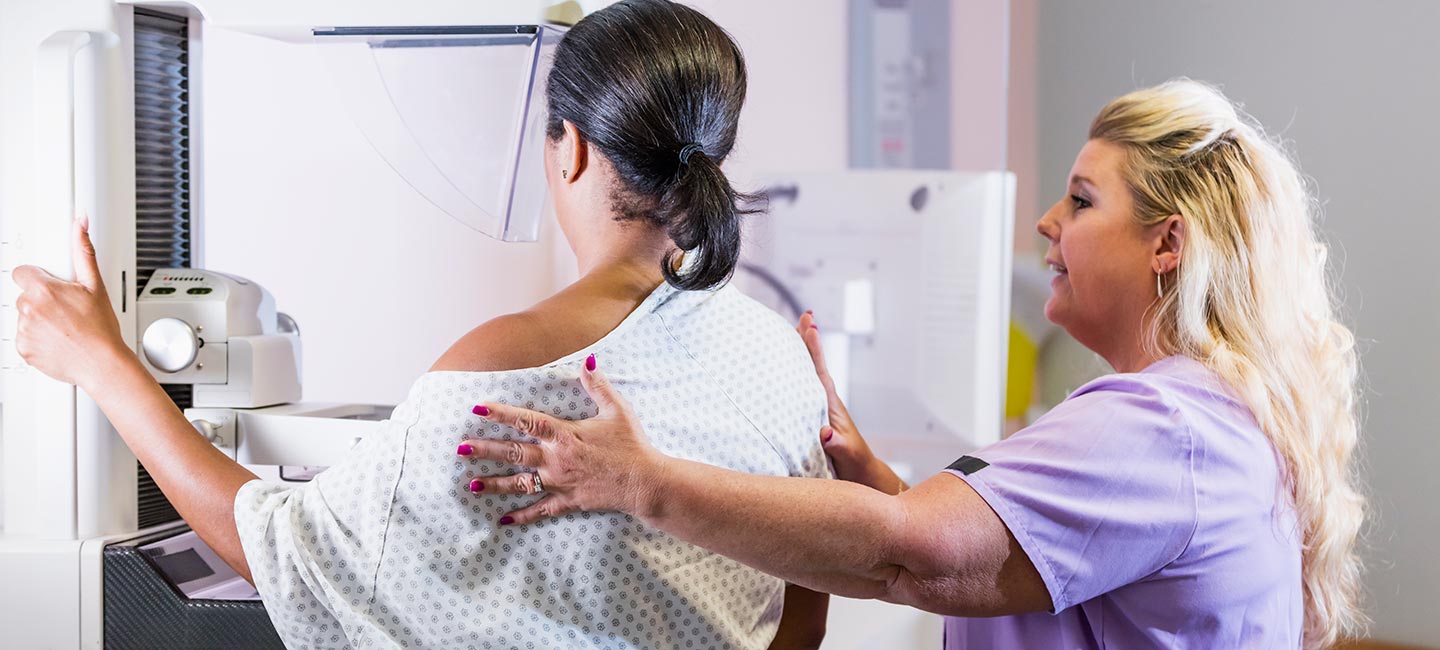1st Step to Beating Breast Cancer: Get Screened
This month pink will dominate our lives. Pink ribbons, pink buildings, pink bagels and pink shirts will all signify one important message: October is Breast Cancer Awareness Month.
Approximately 1 in 8 women will develop breast cancer during her lifetime. When it is found early, the prognosis is usually good with appropriate treatment. One of the first lines of defense is a screening mammogram. Fear of the unknown can be a big deterrent to regular screenings, so knowing what to expect can encourage patients to seek the treatment and appointments they need.
According to Dr. Bethany Niell, section chief of breast imaging at Moffitt Cancer Center, all women should be evaluated by age 30 to determine if they are at an increased risk for developing breast cancer. Higher-risk women can then reap the benefits of more advanced tests such as earlier screening mammography and screening breast MRI.
But who is supposed to get a mammogram and when? Moffitt physicians recommend women with an average risk of breast cancer begin screening mammography at age 40.

Those with a family history of breast cancer — from their mother’s or father’s side — should talk with their health care provider about beginning screenings sooner. Women should continue routine screenings as long as they are in good health since the chances of getting breast cancer increase with age.
“Screening mammograms decrease breast cancer deaths by detecting cancers when they are still small,” Niell said. “A screening mammogram is used to find breast cancer in patients who do not have any noticeable symptoms. It is performed with a machine that is specifically designed to create detailed X-ray images of breast tissue using compression and small doses of ionizing radiation.”
Mammograms may reveal solid tumors, fluid-filled cysts and fatty masses that are otherwise unnoticeable, as well as clusters of calcium called microcalcifications that may or may not be cancerous.
While intimidating, most breast cancer screening mammogram appointments are considered routine and last about a half hour. Half of that time is usually split between paperwork and the actual mammogram. At Moffitt, screening mammograms are performed with digital breast tomosynthesis, which is sometimes called a 3D mammogram. Screening with tomosynthesis finds more cancers and decreases the chance that a woman will be recalled for additional imaging. Mammography results are communicated to patients with a mailed letter from the breast radiologist.
Patients are encouraged to ask their referring providers about how they will receive the results. Some providers will call regardless of whether the results are negative (normal) or positive (abnormal), while others call only if a mammogram reveals something out of the ordinary.
“If a patient feels a new breast lump, they should make a prompt appointment with their health care provider,” Niell said.
In order to have the best experience and get the most accurate results, Moffitt experts recommend:
- Scheduling an appointment during the week after your menstrual period to minimize discomfort
- Not wearing deodorant, antiperspirant, lotion, perfume and talcum powder to ensure the most accurate results
- Wearing a loose-fitting top that you can easily remove and put back on
- Not wearing earrings or necklaces; or wearing jewelry that you can easily remove before the test
SIGNS AND SYMPTOMS OF BREAST CANCER:
- Lump or hard knot
- Sunken nipple
- Pain
- Redness or scaling of the nipple area
- Swelling in the chest area
- Unexpected discharge coming from the nipple



